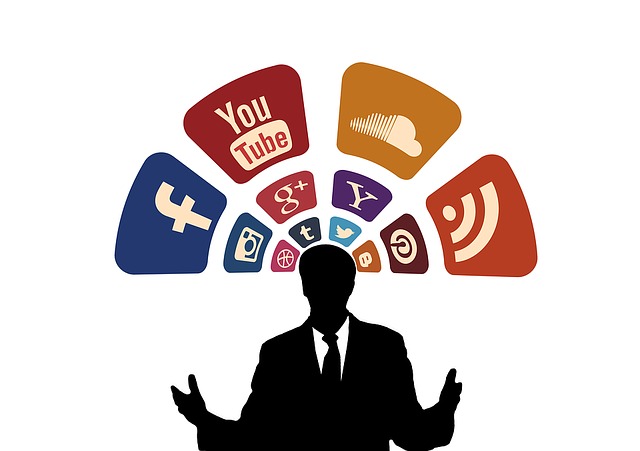 New research tells just how powerful influencer marketing can be. Posts by influencers who partnered with brands produced engagement levels strikingly higher than brands’ own posts – sometimes more than 100 times higher, according to a NewsWhip study.
New research tells just how powerful influencer marketing can be. Posts by influencers who partnered with brands produced engagement levels strikingly higher than brands’ own posts – sometimes more than 100 times higher, according to a NewsWhip study.
JetBlue averaged 2,363 engagements on its own posts in June. It gained far more mileage from posts by influencers it partnered with: an average of 241,226 engagements.
Influencer marketing was also more effective for smaller companies. Logistics company Postmates had fewer than 1,000 engagements on average on its own posts. Influencer posts had an average of 27,000. Cosmetics firm Urban Decay had the smallest gap between owned media and influencer posts, but it was still substantial: 66,440 vs. 101,408.
Consumers Prefer Other Consumers
“Consumers have always been more likely to engage with other consumers than with brands; social media has just brought that to the forefront of digital,” said eMarketer analyst Nicole Perrin.
The study analyzed paid influencer marketing, but unpaid influencer marketing campaigns can also effectively increase awareness of a brand. An earned media strategy that’s less overtly promotional can be more successful over the long run than paid media.
The study may prompt PR and marketing teams to wonder if they should drop posting through company accounts in favor of influencer marketing strategies. However, while influencers notched impressive engagement levels, it’s not clear how much those likes, shares or comments led to increased sales or improved ROI.
Influencer marketing may be better for raising awareness than driving sales. A survey by Launchmetrics early this year shows that 39 percent of PR and marketing professionals believe influencer marketing is “extremely effective” for raising awareness about their company or products; 24 percent believe the strategy is extremely effective for increasing customer loyalty, and 20 percent believe it’s extremely effective for driving sales.
Disadvantages of Influencer Marketing
Influencer marketing poses risks as well as costs beyond fees paid to influencers.
Measuring the strategy’s ROI can be difficult. Most marketers who use influencer marketing (78%) say that determining the tactic’s ROI will be their top challenge this year, according to the State of Influencer Marketing 2017 report from Linqia. The effect on sales of a mention by a social media influencer can be measured quite accurately if the mention includes a unique URL on the brand’s website. Earned media placements can also be measured through links to unique URLs.
Identifying appropriate influencers can be problematic and time consuming. PR and marketing pros must vet influencers to make sure they align with brand’s image and make sure they are legitimate players, not phony influencers who have purchased enormous numbers of followers.
They require disclosures. Disclosures, or lack of them, can prompt complaints from the FCC and consumer groups. The FCC is more assertive in insisting that influencers reveal if posts are paid for. “Paid for” includes most any type of in-kind compensation including sample products.
It’s difficult to scale. Advertisers can simply buy more ads to scale up. Influencer marketing is more labor intensive and more difficult to automate, although many platforms are trying.
Controlling influencers is more difficult than owned media content. Social media influencers can be ornery and unpredictable. They can post inauthentic or inappropriate content that doesn’t align with the brand’s image. And they can make mistakes. One influencer accidentally included his Instagram advertising directions from Skinny Tea with his post.
Possible Solutions to Disadvantages
Social media measurement, micro-influencers and a combination paid and unpaid strategies can help overcome some of those disadvantages.
Social media measurement can determine the value of your influencer marketing and demonstrate its value to management. Micro-influencers — influencers with a significant number of followers, but far less than the millions that famous celebrities have — are more likely to review products or to share a brand mention without large fees.
Bottom Line: New research reveals that influencer marketing generates vastly greater engagement levels than social media posts of brands. However, proving how much influencer marketing drives sales and delivers strong ROI remains a separate question.
William J. Comcowich founded and served as CEO of CyberAlert LLC, the predecessor of Glean.info. He is currently serving as Interim CEO and member of the Board of Directors. Glean.info provides customized media monitoring, media measurement and analytics solutions across all types of traditional and social media.




